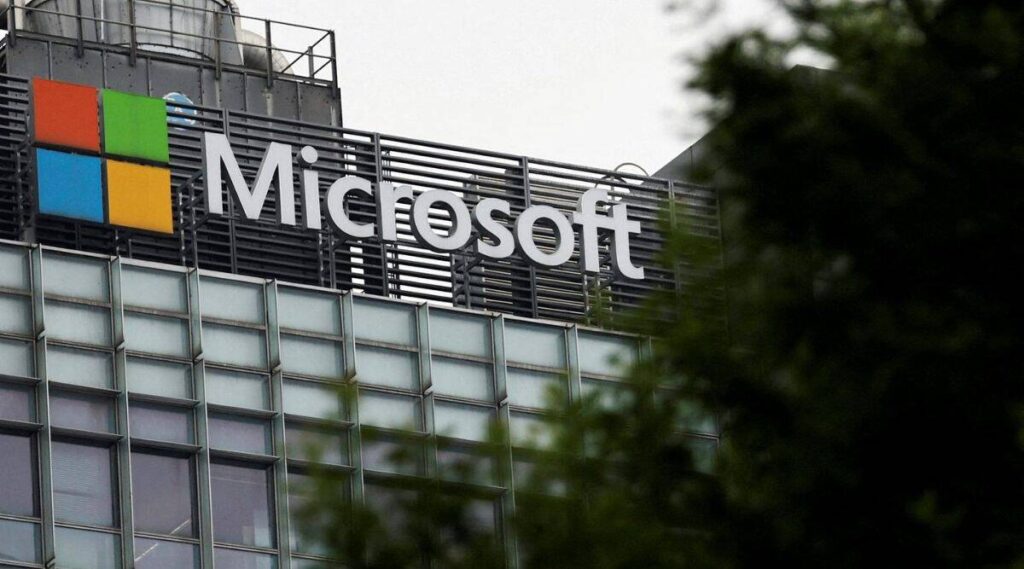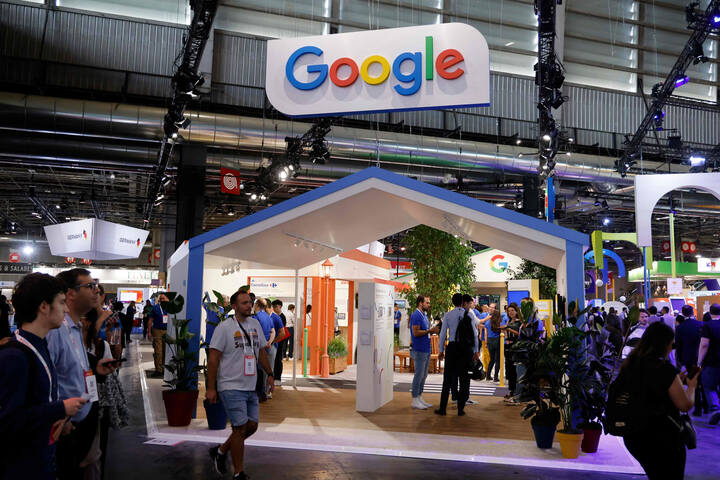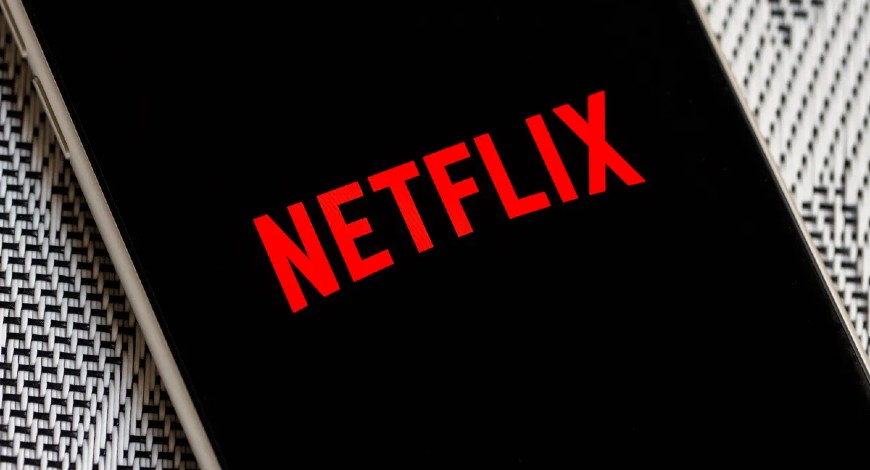Japan’s Suzuki to Make ‘flying cars’ with SkyDrive
For the development of flying cars, Japanese carmaker Suzuki Motor Corporation has agreed upon a deal with SkyDrive Inc. These EVTOL (electric vertical take-off and landing) airliners will be produced by both businesses at the former’s facilities in central Japan and the production is planned to begin in the spring of the next year.

Following the arrangement, Suzuki will assist with production arrangements, such as staffing, whereas SkyDrive will form an independent division to build the aircraft.
Multi-rotor aircraft capable of VTOL (vertical takeoff and landing) are known as flying automobiles. The vehicles are primarily designed to transport a limited number of passengers, while certain types may also be used on land.
Since the beginning of the 20th century, several prototypes have been constructed employing various flying technology. The majority have been built to use a runway for traditional takeoff and landing. VTOL projects are growing, although only a small number of them have been completed so far.
Also Read: Microsoft notches record high valuation of nearly $2.6 trillion
The central Japanese city of Toyota is home to SkyDrive, whose principal shareholders include the trade corporation Itochu Corp, the technology giant NEC Corp, as well as a division of the energy firm Eneos Holdings Inc. It agreed to collaborate with Suzuki on the study, and development, along with the commercialization of flying automobiles in March, last year.
Both businesses announced in a joint press release previously this year that two will collaborate to establish emerging markets, with their initial concentration on India. The Japanese carmaker will enter the fourth transportation market with its latest agreement, joining the ranks of cars, motorbikes, and marine motors.
Ex-engineers from Toyota founded SkyDrive in 2018, and they want to use their flying cars at the Osaka World Exposition happening in 2025.
One of the transportation sectors with the quickest growth is flying automobiles, with established brands like Toyota & Japan Airlines joining the industry via start-ups with strong development skills.
By the end of this decade, it’s very feasible that flying automobiles will rule the sky. In a recent conversation, Michael Cole, the top executive of Hyundai, UK, said that by the finish of the decade, such cars may be widely available throughout the globe.
“We could see some intra-city type application with the Urban Air Mobility for cargo, but maybe for passengers. But that’s towards the end of this decade and obviously smaller scale,” he said.
Source: auto.hindustantimes.com

I am a student pursuing my bachelor’s in information technology. I have a interest in writing so, I am working a freelance content writer because I enjoy writing. I also write poetries. I believe in the quote by anne frank “paper has more patience than person





